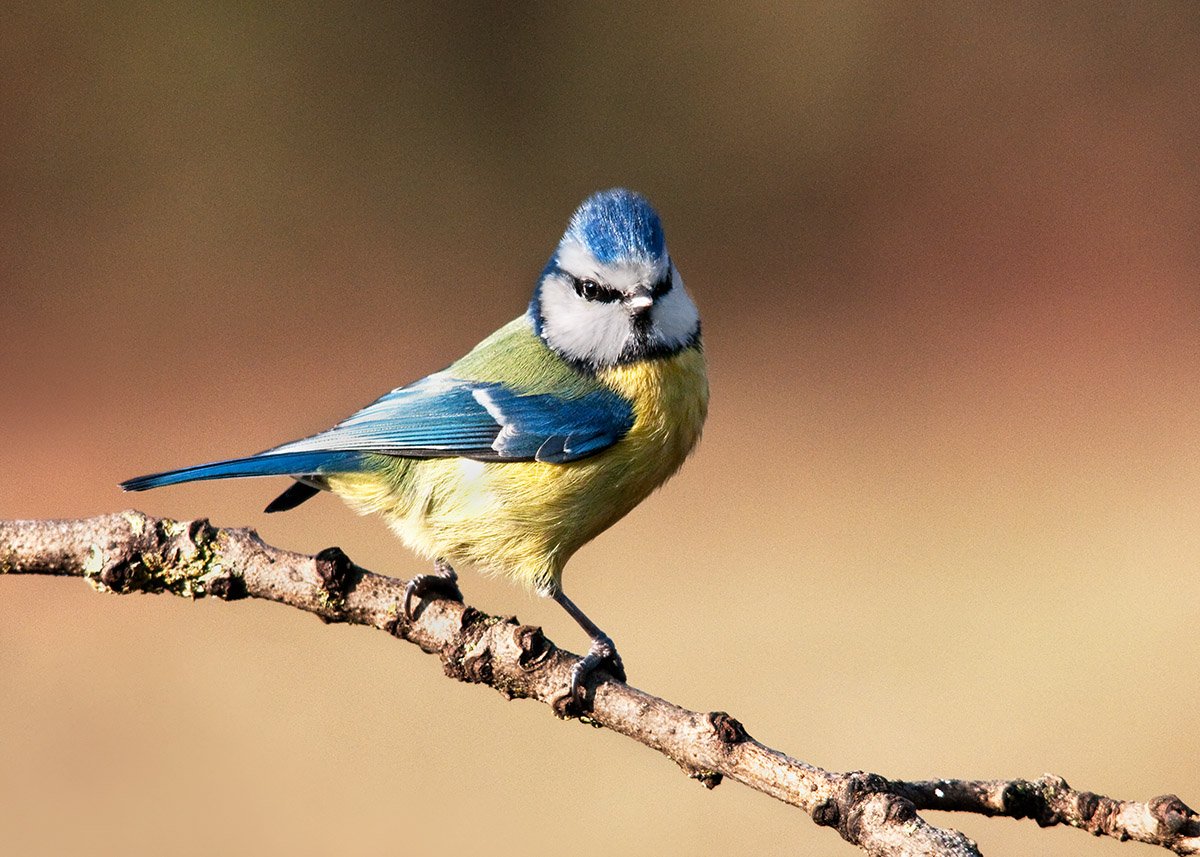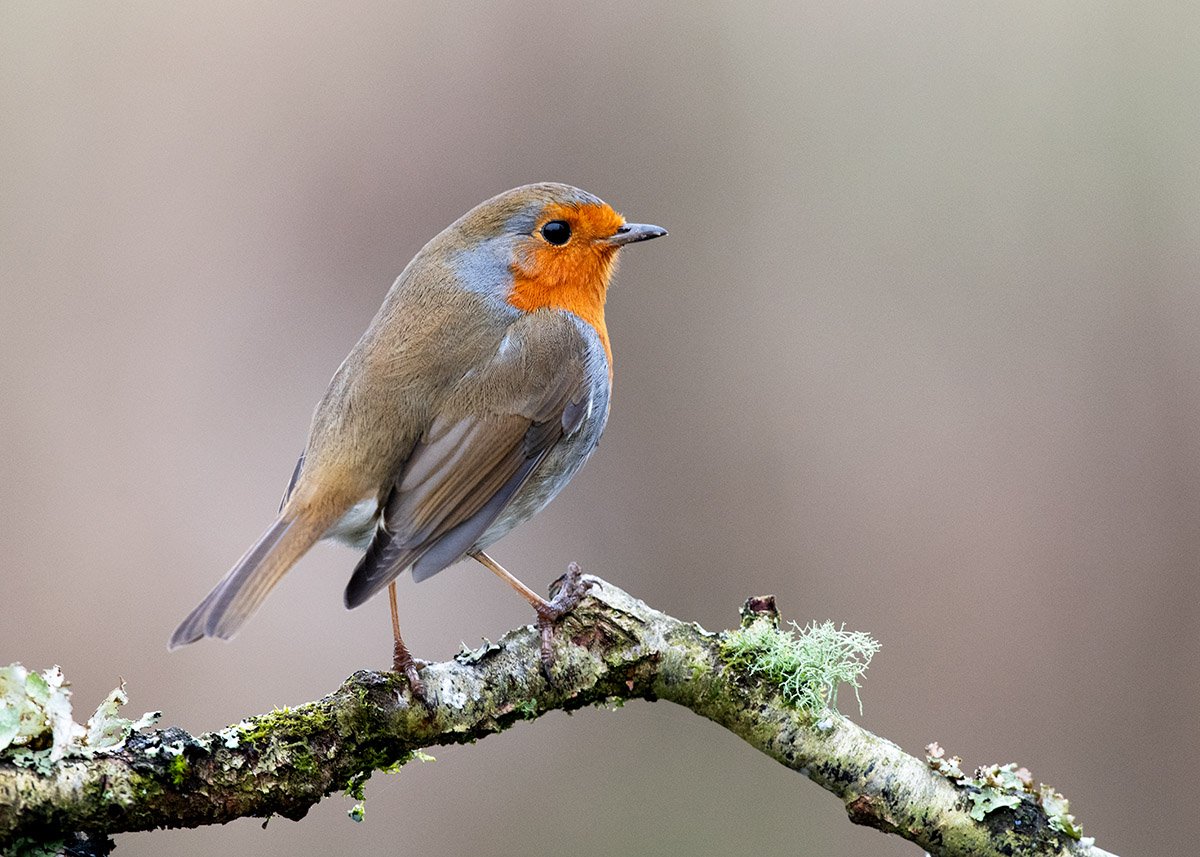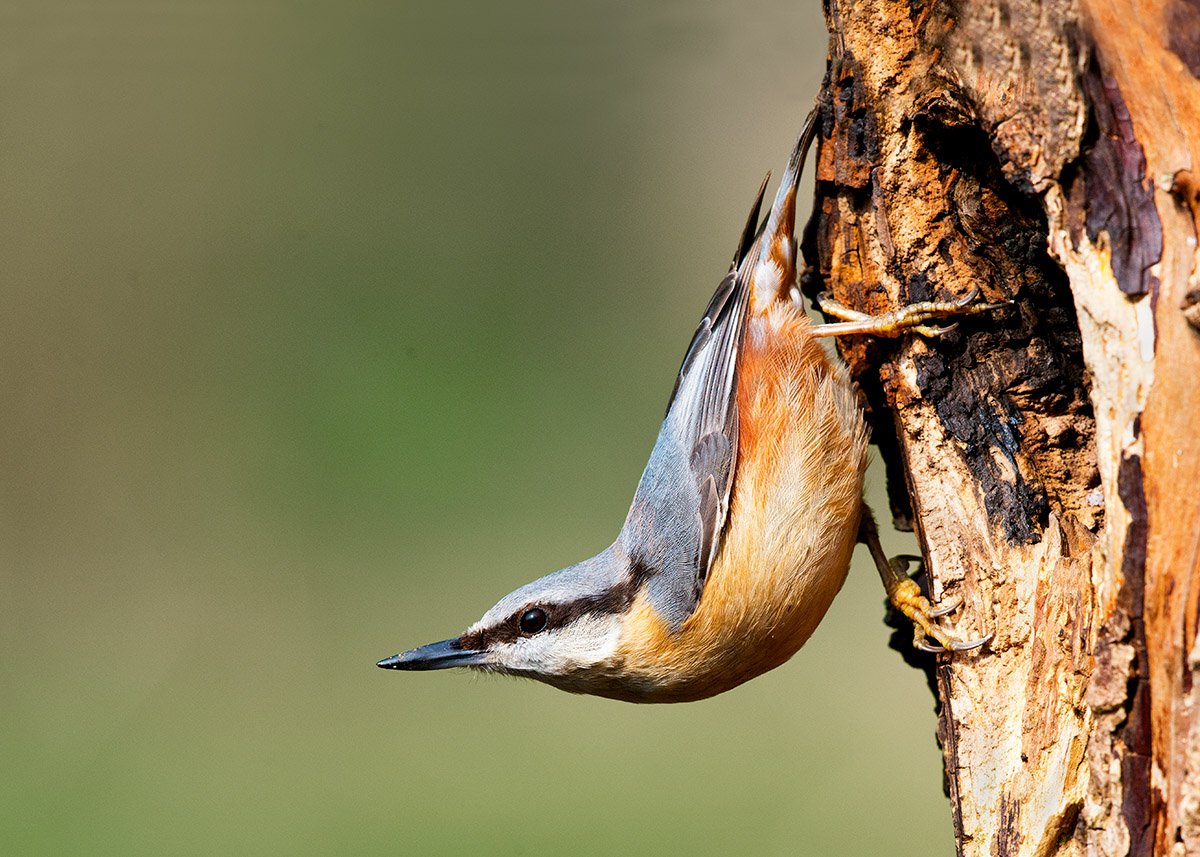 Image 1 of
Image 1 of


Greenfinch
The greenfinch, a delightful and vibrant bird native to the United Kingdom, brings a splash of colour and melody to gardens and woodlands alike. Here's a brief overview:
Appearance: The greenfinch (Chloris chloris) is easily recognized by its striking green plumage, which is most prominent on its back and wings. Its underparts are a pale yellow, and it sports a distinctive greenish-yellow rump. The male greenfinch typically exhibits brighter colours compared to the female, with a more vibrant green hue.
Habitat: Greenfinches are versatile birds that inhabit a variety of habitats, including gardens, parks, hedgerows, and woodland edges. They are often found near areas with abundant vegetation and open spaces, where they can forage for seeds and insects.
Song: The greenfinch is known for its cheerful and melodious song, which consists of a series of varied notes and trills. Their calls are often described as a lively twittering or tinkling sound, particularly during the breeding season when males sing to establish territories and attract mates.
Diet: Greenfinches primarily feed on seeds, with a particular preference for the seeds of various plants such as thistles, dandelions, and sunflowers. They also consume insects, especially during the breeding season when protein-rich food is essential for raising their young.
Breeding: Breeding season for greenfinches typically occurs from April to July. They build cup-shaped nests in trees or shrubs using a combination of twigs, grasses, and feathers. Females lay a clutch of eggs, usually numbering between 3 to 6, and both parents share the responsibility of incubating the eggs and feeding the chicks.
Conservation: While once a common sight in gardens across the UK, greenfinch populations have experienced declines in recent years, largely due to factors such as habitat loss, disease (notably trichomonosis), and changes in agricultural practices. Conservation efforts aim to address these threats and promote habitat restoration to support greenfinch populations.
Overall, the greenfinch is a cherished resident of the British countryside, appreciated for its vibrant plumage, melodious song, and vital role in maintaining healthy ecosystems.
The greenfinch, a delightful and vibrant bird native to the United Kingdom, brings a splash of colour and melody to gardens and woodlands alike. Here's a brief overview:
Appearance: The greenfinch (Chloris chloris) is easily recognized by its striking green plumage, which is most prominent on its back and wings. Its underparts are a pale yellow, and it sports a distinctive greenish-yellow rump. The male greenfinch typically exhibits brighter colours compared to the female, with a more vibrant green hue.
Habitat: Greenfinches are versatile birds that inhabit a variety of habitats, including gardens, parks, hedgerows, and woodland edges. They are often found near areas with abundant vegetation and open spaces, where they can forage for seeds and insects.
Song: The greenfinch is known for its cheerful and melodious song, which consists of a series of varied notes and trills. Their calls are often described as a lively twittering or tinkling sound, particularly during the breeding season when males sing to establish territories and attract mates.
Diet: Greenfinches primarily feed on seeds, with a particular preference for the seeds of various plants such as thistles, dandelions, and sunflowers. They also consume insects, especially during the breeding season when protein-rich food is essential for raising their young.
Breeding: Breeding season for greenfinches typically occurs from April to July. They build cup-shaped nests in trees or shrubs using a combination of twigs, grasses, and feathers. Females lay a clutch of eggs, usually numbering between 3 to 6, and both parents share the responsibility of incubating the eggs and feeding the chicks.
Conservation: While once a common sight in gardens across the UK, greenfinch populations have experienced declines in recent years, largely due to factors such as habitat loss, disease (notably trichomonosis), and changes in agricultural practices. Conservation efforts aim to address these threats and promote habitat restoration to support greenfinch populations.
Overall, the greenfinch is a cherished resident of the British countryside, appreciated for its vibrant plumage, melodious song, and vital role in maintaining healthy ecosystems.
The greenfinch, a delightful and vibrant bird native to the United Kingdom, brings a splash of colour and melody to gardens and woodlands alike. Here's a brief overview:
Appearance: The greenfinch (Chloris chloris) is easily recognized by its striking green plumage, which is most prominent on its back and wings. Its underparts are a pale yellow, and it sports a distinctive greenish-yellow rump. The male greenfinch typically exhibits brighter colours compared to the female, with a more vibrant green hue.
Habitat: Greenfinches are versatile birds that inhabit a variety of habitats, including gardens, parks, hedgerows, and woodland edges. They are often found near areas with abundant vegetation and open spaces, where they can forage for seeds and insects.
Song: The greenfinch is known for its cheerful and melodious song, which consists of a series of varied notes and trills. Their calls are often described as a lively twittering or tinkling sound, particularly during the breeding season when males sing to establish territories and attract mates.
Diet: Greenfinches primarily feed on seeds, with a particular preference for the seeds of various plants such as thistles, dandelions, and sunflowers. They also consume insects, especially during the breeding season when protein-rich food is essential for raising their young.
Breeding: Breeding season for greenfinches typically occurs from April to July. They build cup-shaped nests in trees or shrubs using a combination of twigs, grasses, and feathers. Females lay a clutch of eggs, usually numbering between 3 to 6, and both parents share the responsibility of incubating the eggs and feeding the chicks.
Conservation: While once a common sight in gardens across the UK, greenfinch populations have experienced declines in recent years, largely due to factors such as habitat loss, disease (notably trichomonosis), and changes in agricultural practices. Conservation efforts aim to address these threats and promote habitat restoration to support greenfinch populations.
Overall, the greenfinch is a cherished resident of the British countryside, appreciated for its vibrant plumage, melodious song, and vital role in maintaining healthy ecosystems.
Printed on Epson Premium glossy paper using Epson UltraChrome inks, your print is guaranteed to showcase incredible quality with rich, vibrant colors. Thanks to Epson's advanced ink technology, your print will retain its stunning appearance for years to come.
Each detail of your image will be brought to life with remarkable clarity and precision, capturing the essence of the scene as if you were there in person. Whether it's the vivid hues of a sunset or the intricate details of a landscape, every aspect will be rendered with breathtaking accuracy.
Standard UK shipping is included in the price, ensuring that your print arrives safely and promptly. For customers located in the UK Highlands and Islands or overseas, please feel free to contact me for a shipping quote tailored to your location.
Experience the beauty of your favorite scenes in stunning detail with a print that exceeds expectations, made possible by Epson UltraChrome inks and premium glossy paper.





